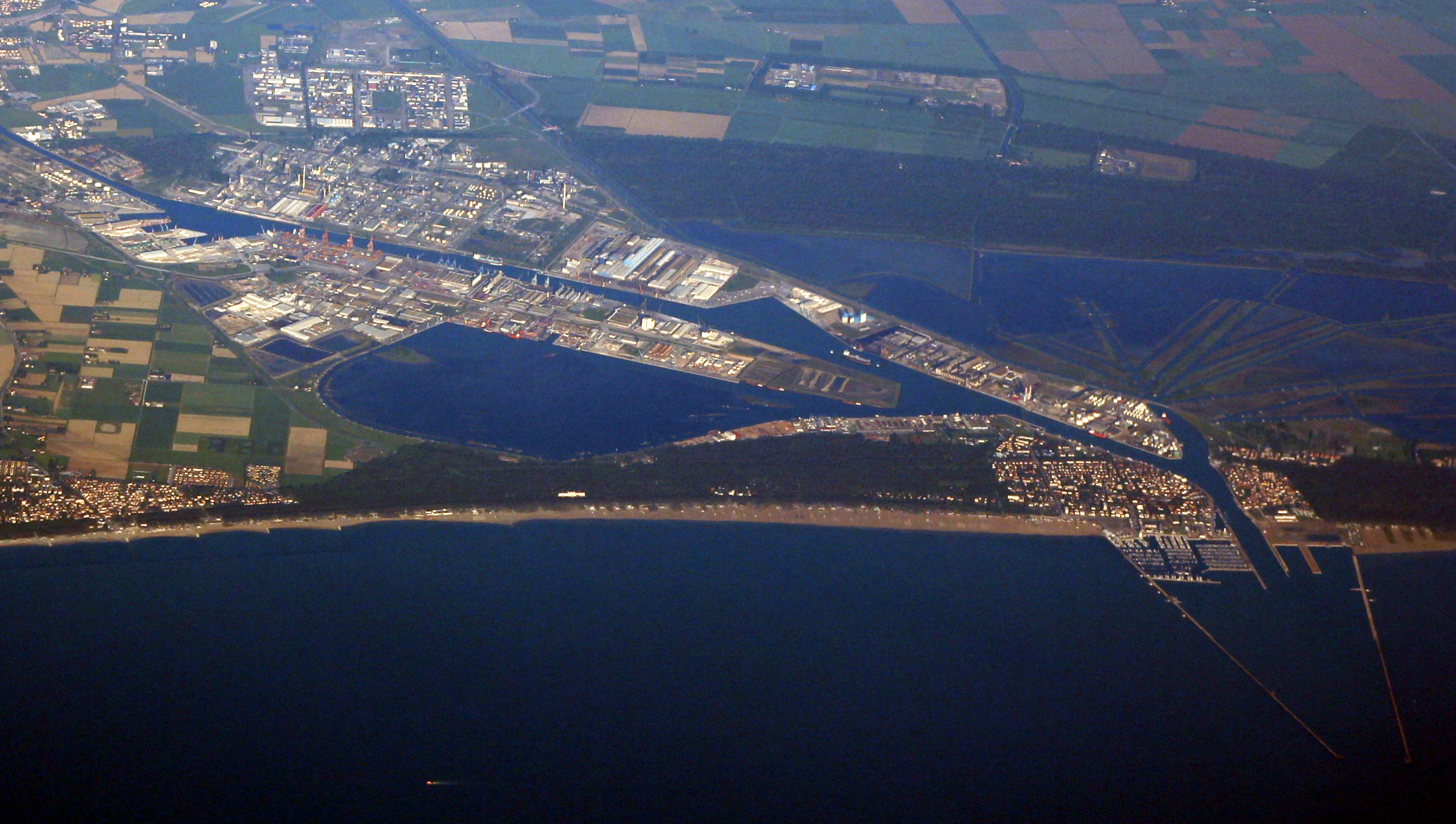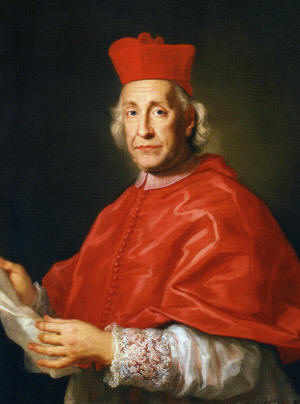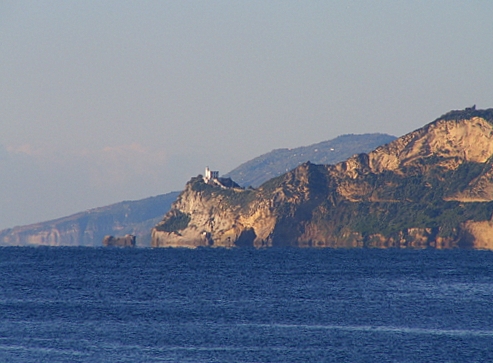|
Port Of Ravenna
The Port of Ravenna ( it, Porto di Ravenna) is an Italian seaport on the North Adriatic Sea in Ravenna, Italy. It is one of the top twenty Italian ports and top forty European ports. Overview The port of Ravenna is the main port of Emilia-Romagna. The European Commission has appointed the Ravenna seaport "Core port" of the TEN-T Networks. The docks are mainly on a canal that connects the town centre of Ravenna (which is inland) to the sea which is 12 km away. The offshore breakwaters are in the little towns of Porto Corsini and Marina di Ravenna. It hosts shipyards, multipurpose terminals, bulk cargo terminals and a containerized cargo terminal. There are also a big passenger and cruise lines terminal and the biggest marinas of the Adriatic Sea. There are regular ferry lines to Catania, Brindisi, Igoumenitsa. History It was established thousands of years ago. In fact the Ravenna military and trade seaports are pictured in the opposite walls of ''S. Apollinare Nuov ... [...More Info...] [...Related Items...] OR: [Wikipedia] [Google] [Baidu] |
Seaport In Ravenna, Italy
A port is a maritime facility comprising one or more wharves or loading areas, where ships load and discharge cargo and passengers. Although usually situated on a sea coast or estuary, ports can also be found far inland, such as Hamburg, Manchester and Duluth; these access the sea via rivers or canals. Because of their roles as ports of entry for immigrants as well as soldiers in wartime, many port cities have experienced dramatic multi-ethnic and multicultural changes throughout their histories. Ports are extremely important to the global economy; 70% of global merchandise trade by value passes through a port. For this reason, ports are also often densely populated settlements that provide the labor for processing and handling goods and related services for the ports. Today by far the greatest growth in port development is in Asia, the continent with some of the world's largest and busiest ports, such as Singapore and the Chinese ports of Shanghai and Ningbo-Zhou ... [...More Info...] [...Related Items...] OR: [Wikipedia] [Google] [Baidu] |
Naval Fleet
A fleet or naval fleet is a large formation of warships – the largest formation in any navy – controlled by one leader. A fleet at sea is the direct equivalent of an army on land. Purpose In the modern sense, fleets are usually, but not necessarily, permanent formations and are generally assigned to a particular ocean or sea. Most fleets are named after that ocean or sea, but the convention in the United States Navy is to use numbers. A fleet is normally commanded by an admiral, who is often also a commander in chief, but many fleets have been or are commanded by vice admirals or even rear admirals. Most fleets are divided into several squadrons, each under a subordinate admiral. Those squadrons in turn are often divided into divisions. In the age of sail, fleets were divided into van, centre and rear squadrons, named after each squadron's place in the line of battle. In more modern times, the squadrons are typically composed of homogeneous groups of the same class of wa ... [...More Info...] [...Related Items...] OR: [Wikipedia] [Google] [Baidu] |
1973 Oil Crisis
The 1973 oil crisis or first oil crisis began in October 1973 when the members of the Organization of Arab Petroleum Exporting Countries (OAPEC), led by Saudi Arabia, proclaimed an oil embargo. The embargo was targeted at nations that had supported Israel during the Yom Kippur War. The initial nations targeted were Canada, Japan, the Netherlands, the United Kingdom and the United States, though the embargo also later extended to Portugal, Rhodesia and South Africa. By the end of the embargo in March 1974, the price of oil had risen nearly 300%, from US to nearly globally; US prices were significantly higher. The embargo caused an oil crisis, or "shock", with many short- and long-term effects on global politics and the global economy. It was later called the "first oil shock", followed by the 1979 oil crisis, termed the "second oil shock". Background Arab-Israeli conflict Ever since the recreation of the State of Israel in 1948 there has been Arab–Israeli confli ... [...More Info...] [...Related Items...] OR: [Wikipedia] [Google] [Baidu] |
First Armistice At Compiègne
The Armistice of 11 November 1918 was the armistice signed at Le Francport near Compiègne that ended fighting on land, sea, and air in World War I between the Entente and their last remaining opponent, Germany. Previous armistices had been agreed with Bulgaria, the Ottoman Empire and Austria-Hungary. It was concluded after the German government sent a message to American president Woodrow Wilson to negotiate terms on the basis of a recent speech of his and the earlier declared "Fourteen Points", which later became the basis of the German surrender at the Paris Peace Conference, which took place the following year. Also known as the Armistice of Compiègne (french: Armistice de Compiègne, german: Waffenstillstand von Compiègne) from the place where it was officially signed at 5:45 a.m. by the Allied Supreme Commander, French Marshal Ferdinand Foch, it came into force at 11:00 a.m. Central European Time (CET) on 11 November 1918 and marked a vic ... [...More Info...] [...Related Items...] OR: [Wikipedia] [Google] [Baidu] |
World War I
World War I (28 July 1914 11 November 1918), often abbreviated as WWI, was one of the deadliest global conflicts in history. Belligerents included much of Europe, the Russian Empire, the United States, and the Ottoman Empire, with fighting occurring throughout Europe, the Middle East, Africa, the Pacific, and parts of Asia. An estimated 9 million soldiers were killed in combat, plus another 23 million wounded, while 5 million civilians died as a result of military action, hunger, and disease. Millions more died in genocides within the Ottoman Empire and in the 1918 influenza pandemic, which was exacerbated by the movement of combatants during the war. Prior to 1914, the European great powers were divided between the Triple Entente (comprising France, Russia, and Britain) and the Triple Alliance (containing Germany, Austria-Hungary, and Italy). Tensions in the Balkans came to a head on 28 June 1914, following the assassination of Archduke Franz Ferdi ... [...More Info...] [...Related Items...] OR: [Wikipedia] [Google] [Baidu] |
Seaplane
A seaplane is a powered fixed-wing aircraft capable of taking off and landing (alighting) on water.Gunston, "The Cambridge Aerospace Dictionary", 2009. Seaplanes are usually divided into two categories based on their technological characteristics: floatplanes and flying boats; the latter are generally far larger and can carry far more. Seaplanes that can also take off and land on airfields are in a subclass called amphibious aircraft, or amphibians. Seaplanes were sometimes called ''hydroplanes'', but currently this term applies instead to motor-powered watercraft that use the technique of hydrodynamic lift to skim the surface of water when running at speed. The use of seaplanes gradually tapered off after World War II, partially because of the investments in airports during the war but mainly because landplanes were less constrained by weather conditions that could result in sea states being too high to operate seaplanes while landplanes could continue to operate. In t ... [...More Info...] [...Related Items...] OR: [Wikipedia] [Google] [Baidu] |
United States Navy
The United States Navy (USN) is the maritime service branch of the United States Armed Forces and one of the eight uniformed services of the United States. It is the largest and most powerful navy in the world, with the estimated tonnage of its active battle fleet alone exceeding the next 13 navies combined, including 11 allies or partner nations of the United States as of 2015. It has the highest combined battle fleet tonnage (4,635,628 tonnes as of 2019) and the world's largest aircraft carrier fleet, with eleven in service, two new carriers under construction, and five other carriers planned. With 336,978 personnel on active duty and 101,583 in the Ready Reserve, the United States Navy is the third largest of the United States military service branches in terms of personnel. It has 290 deployable combat vessels and more than 2,623 operational aircraft . The United States Navy traces its origins to the Continental Navy, which was established during the American Revo ... [...More Info...] [...Related Items...] OR: [Wikipedia] [Google] [Baidu] |
Pope Clement XII
Pope Clement XII ( la, Clemens XII; it, Clemente XII; 7 April 16526 February 1740), born Lorenzo Corsini, was head of the Catholic Church and ruler of the Papal States from 12 July 1730 to his death in February 1740. Clement presided over the growth of a surplus in the papal finances. He thus became known for building the new façade of the Basilica of Saint John Lateran, beginning construction of the Trevi Fountain, and the purchase of Cardinal Alessandro Albani's collection of antiquities for the papal gallery. In his 1738 bull , he provides the first public papal condemnation of Freemasonry. Early life Lorenzo Corsini was born in Florence in 1652 as the son of Bartolomeo Corsini, Marquis of Casigliano and his wife Elisabetta Strozzi, the sister of the Duke of Bagnuolo. Both of his parents belonged to the old Florentine nobility. He was a distant relative of Saint Andrea Corsini. Corsini studied at the Jesuit Collegio Romano in Rome and also at the University of Pis ... [...More Info...] [...Related Items...] OR: [Wikipedia] [Google] [Baidu] |
Port Of Naples
The Port of Naples, a port located on the Western coast of Italy, is the 11th largest seaport in Italy having an annual traffic capacity of around 25 million tons of cargo and 500,000 TEU's. It is also serves as a tourist hub, servicing an estimated 10 million people annually transiting through the port. The port employs more than 4,800 and services more than 64,000 ships a year. General information The Port of Naples is situated in the centre of Naples, very close to the central Piazza Municipio, near Piazza Garibaldi ( FS and MN terminals) and about from Naples Airport. History During World War II During World War II, Naples was a major strategic objective in the Italian campaign. Naples was an important node of Axis naval and land communication and there was a large and very potent German military presence located in the city. In June 1940, the port suffered damage from French bombings. Naples was the first large Italian city targeted by the Allies' Operation ... [...More Info...] [...Related Items...] OR: [Wikipedia] [Google] [Baidu] |
Capo Miseno
Cape Miseno (Italian: ''Capo Miseno'', Latin: ''Misenum'', Ancient Greek: ''Μισήνον'') is the headland that marks the northwestern limit of the Gulf of Naples as well as the Bay of Pozzuoli in southern Italy. The cape is directly across from the island of Procida and is named for Misenus, a character in Virgil's ''Aeneid''. History Historically, the cape was important to the Romans since it was a natural shelter for passage into the inner harbor of Portus Julius, the home port for the Roman western imperial fleet. In 39 BCE, Sextus Pompeius and the members of the Second Triumvirate — specifically, Mark Antony and Gaius Julius Caesar, the later Roman Emperor Augustus — signed the Pact of Misenum at the cape. Mythologically, important sections of the ''Aeneid'' play out in the Gulf of Naples: This is where Aeneas' comrade, Misenus, master of the sea-horn — the conch-shell — made "the waves ring" with his music and challenged the sea-god Triton to musical battle ... [...More Info...] [...Related Items...] OR: [Wikipedia] [Google] [Baidu] |
Portus Julius
(alternatively spelled in the Latin ) was the first harbour specifically constructed to be a base for the Roman western naval fleet, the ; the eastern fleet was based in the Port of Ravenna. The port was located at Misenum on a peninsula at the northern end of the Gulf of Naples. Portus Julius was named in honour of Octavian's (later to become Caesar Augustus) great-uncle and adoptive father, Julius Caesar and the Julian clan. Construction of Portus Julius During the civil wars, Octavian needed a safe naval harbour in which to build and train a fleet for a campaign against Sextus Pompeius (younger son of Pompey the Great) who was making frequent raids on Italy and upon the shipping routes for Rome's grain supply. To run the operation, Octavian turned to his closest and most able associate, Marcus Agrippa. Agrippa knew that Lake Averno was invisible from the surrounding sea and bay waters, and reasoned that the fleet's existence there could be kept secret from Sextus' nav ... [...More Info...] [...Related Items...] OR: [Wikipedia] [Google] [Baidu] |



.jpg)



_-_n._709._Strada_del_molo_a_Napoli.jpg)
